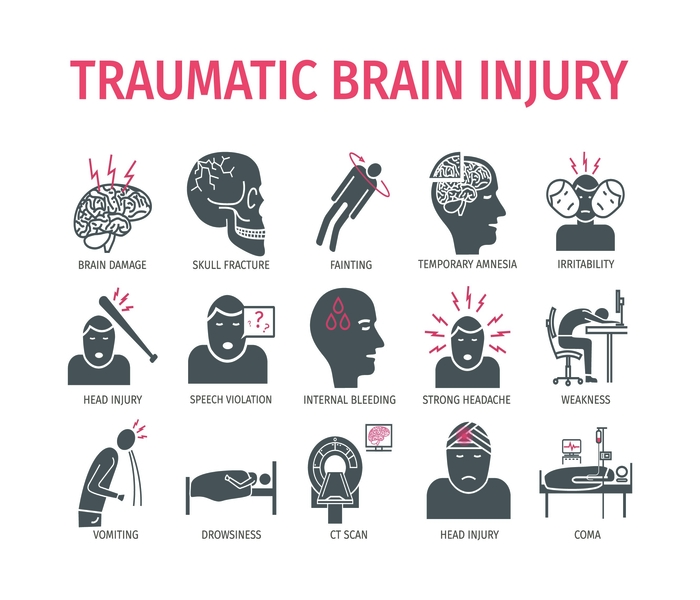Traumatic brain injury (TBI) is a public health concern which affects individuals, families, and society as a whole. It occurs when an external force disrupts the normal function of the brain. This instigates a wide range of cognitive, physical, and emotional impairments. Addressing TBI is important and I will discuss why the public should care about this research topic and what they should know about it in this blog.

TBI can have devastating and long-lasting consequences for affected individuals and their families. It can occur from car accidents, sports injuries, falls, or assaults. Depending on the severity and location of the injury, TBI can lead to several physical impairments such as deficits in motor skills, sensory disturbances, and chronic pain. Additionally, cognitive and emotional impairments such as memory problems, attention deficits, mood disorders, and impaired social functioning can significantly impact an individual’s quality of life and independence.
Christopher C. Giza and David A. Hovda’s research on “The New Neurometabolic Cascade of Concussion” sheds light on the complex physiological processes underlying traumatic brain injury (TBI), particularly concussion. This research offers insights into the understanding of TBI pathophysiology and has implications for diagnosis, treatment, and prevention strategies.
One key aspect of the neurometabolic cascade is the dysregulation of calcium ions within neurons, leading to excessive activation of calcium-dependent enzymes and pathways that contribute to neuronal excitotoxicity and cell damage. Giza and Hovda’s research highlights the critical role of calcium channel blockers and other neuroprotective agents in mitigating these effects and preserving neurons following concussion.
Their research also looks at the importance of energy metabolism in TBI pathophysiology. Disruptions in glucose metabolism and mitochondrial function compromise the brain’s ability to produce adenosine triphosphate (ATP), the primary energy source for neuronal activity. This energy crisis increases neuronal vulnerability to injury and impairs cellular repair and recovery processes. Neurotransmitters, particularly glutamate and gamma-aminobutyric acid (GABA), play a role in mediating synaptic transmission and excitatory-inhibitory balance in the injured brain. Dysregulation of these neurotransmitter systems contributes to neuronal hyperexcitability, synaptic dysfunction, and cognitive impairments observed following concussion.
In recent years, there has been a growing recognition of the need for multidisciplinary research and innovation in the field of TBI. One particularly exciting area of research involves the study of neuroplasticity—the brain’s remarkable ability to reorganize and adapt following injury. By looking at the principles of neuroplasticity, researchers are exploring innovative approaches to promote recovery and functional restoration in individuals with TBI.
In conclusion, traumatic brain injury is a significant public health issue that demands attention and action from society. If we can all play a role in raising awareness, promoting prevention strategies, and enhancing care delivery, we can mitigate the impact of TBI and improve the lives of individuals affected by this condition. Together, we can strive towards a future where TBI is not only survivable but also manageable, allowing individuals to thrive and contribute meaningfully to society.
